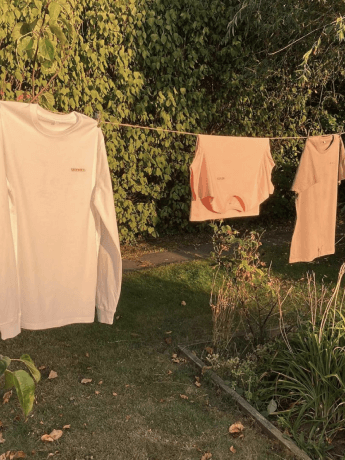Zeinixx
The First
Graffiti in Senegal has a community feel. It’s not simply about making your mark felt. You rarely see tags. There is no current of rebellious backlash against the proverbial ‘man’. Instead it is a welcoming scene. I met with Zeinixx, the first female writer in Dakar, to get some perspective on graffiti in this energetic city.





